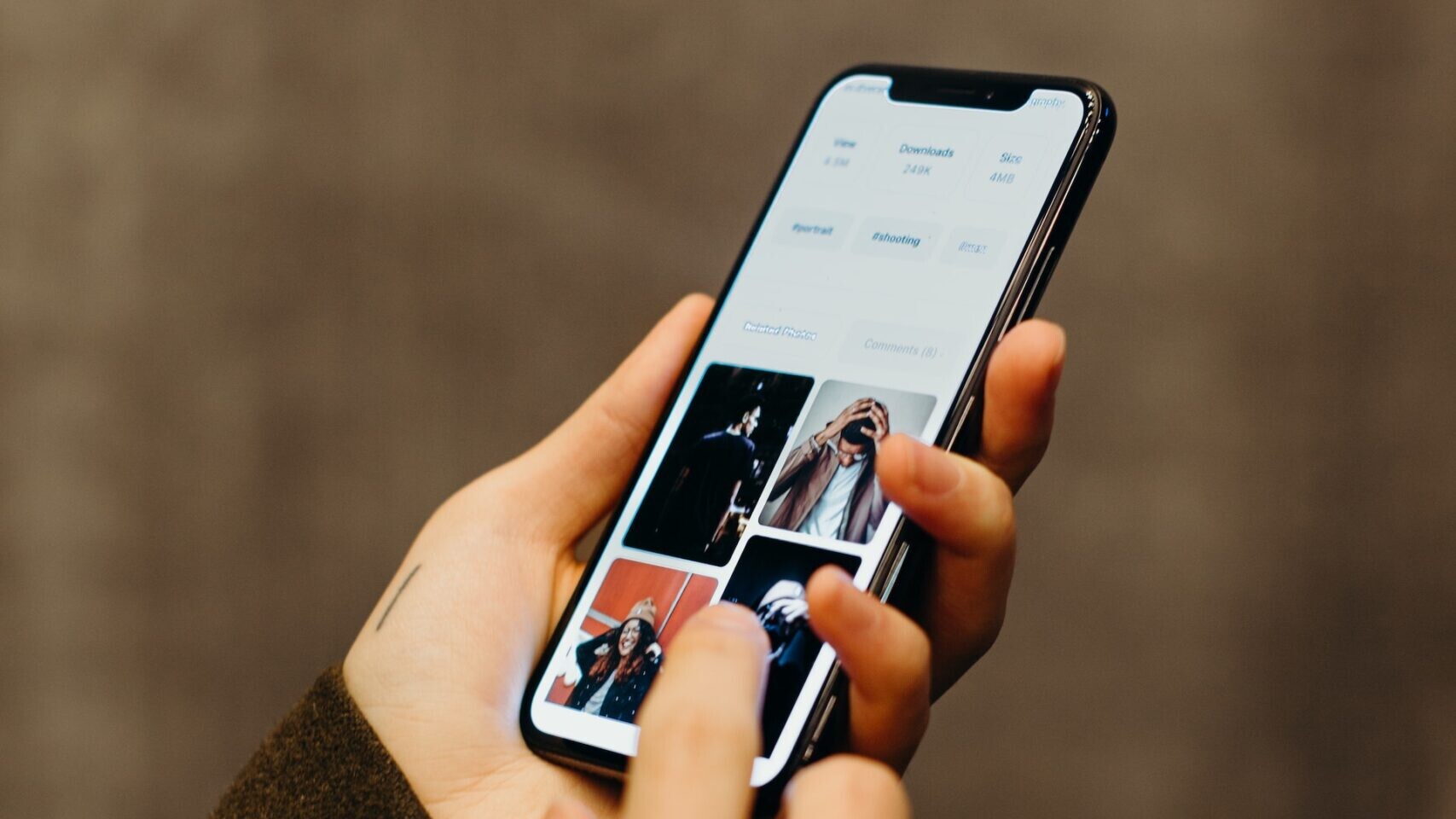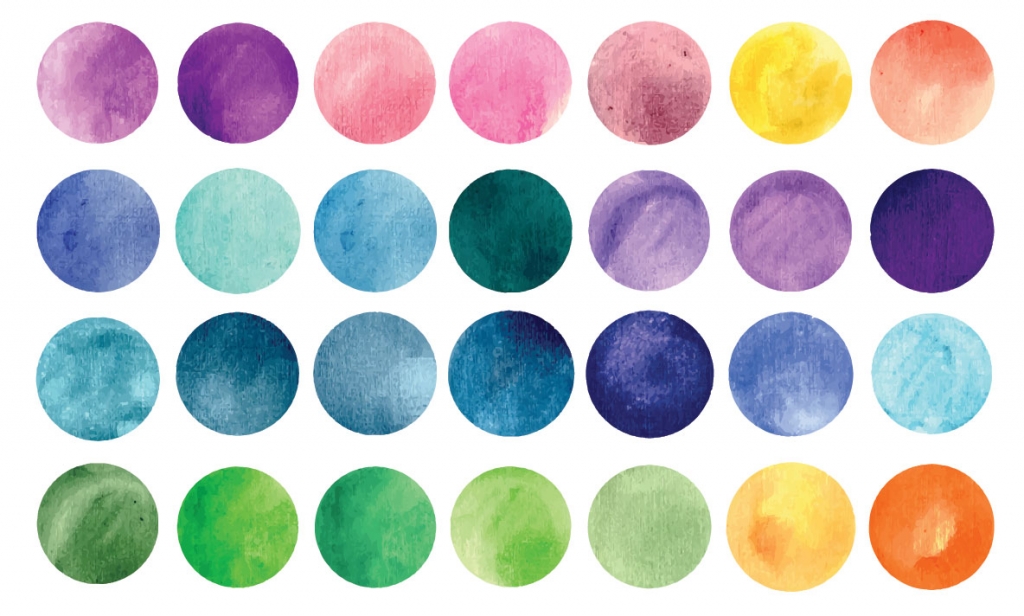The Power of Color Psychology for Effective Web Design
When choosing colors for your website, selecting what intuitively feels right can be fun. This might work well if you are an artist and about to establish your own unique style without worrying about what the audience might think of you. Focusing on color psychology can help ensure the best design.
If you are a business, however, you are most likely concerned about things like sales and marketing and, as a result, wonder which colors might be most beneficial in supporting all of your business efforts.
In fact, selecting the right colors can not only help your overall marketing strategy, but it can impact your entire brand image and how prospective customers will perceive you. That is a very important perspective to consider, especially for certain industries where looking professional as opposed to playful, for example, could make all the difference between closing a deal and losing a customer.
Let’s take a look at a few of the most important colors in business-related web design and how they fit into certain industries.
Red
Red is a very powerful color. It is often times associated with importance and high energy or youth. Because it is such a noticeable color, it can effectively highlight a call to action or draw attention to something else you might like your customer to take note of or do.
Because it is such a powerful color, you should apply it in small doses, as overexposure to it might wear your customers out after a while.
You will find red in a lot of marketing materials for fast food companies, as its alarming effect and sense of immediacy align perfectly with the feeling of hunger and urgency.
Blue
This color evokes feelings of honesty, safety, openness, focus, trust, and reliability. That’s because blue appears to be very calm and composed, as opposed to the more energetic color, red.
Consider that lighter blues have a friendlier effect than the more gloomy feeling a darker blue might evoke.
All blue tones, however, have a calming effect, which is why they are often used to display dependability in health care, corporate, science, and information technology industries.
Orange
Similar to red, the color orange portrays energy. However, orange awakens a sense of adventure, enthusiasm, and optimism instead of an alarming effect.
Its friendly tone and energy helps project affordability without coming across as conservative or boring. Orange has a unique energy that can be used for young companies like start-ups or organizations specializing in building communities.
Green
Similar to blue, green evokes a sense of stability, but it also provides growth, health, and healing because of its close association with trees and nature.
While it can be calming and portray stability, it can also seem warm, pleasing and inviting, which is why it is oftentimes used in industries like tourism, human resources, and government.
Yellow
Illuminating yellow is generally a very uplifting color that stands for happiness, confidence, and clarity. Similar to orange, it promotes enthusiasm, and similar to red, it has the ability to draw the viewer’s attention to something.
However, there is a big difference between using yellow as a font instead of using yellow as a background color. Depending on the other background colors, yellow can be very hard to read and generally – because of its “happiness” – does not leave a very professional impression.
Yellow backgrounds, instead, can create beautiful and energizing contrast to complementary font and graphic colors.
Because of its ability to draw attention and keep people alert, yellow is often used in combination with red in industries that are related to travel and traffic (e.g., taxicabs, school buses, and gas stations) as well as industries related to fast food cravings (e.g. McDonald’s, Denny’s, and Lay’s).
Purple
Purple is an interesting color because history conditioned people to associate it with royalty. To this day, purple often times promotes luxury, wealth, quality, and elegance.
Because of its historical feel also implies fantasy, mystery, creativity, and romance – all used by more luxurious brands in industries like jewelry, entertainment, and technology.
Gold
Similar to purple, gold also stands for luxury and wealth, but it feels even more prestigious, unique, sophisticated, and powerful. Due to their similar associations, gold and purple are oftentimes used in a powerful combination.
Industries that use gold in various shapes or forms include automotive, jewelry, and fashion.
Silver
Contrary to gold’s warm and luxurious feel, silver comes across as more modern, cool, and calming. What purple is to gold, the color blue is to silver. Both colors stand for safety, openness, focus, trust, and reliability, and used together; they project a very sophisticated, contemporary feel.
That’s why both are used in the corporate, science, jewelry, automotive, fashion, and technology industries.
Black
Black has the contrary effect when used as a font color as opposed to being applied as a background color. While black as a font color shows that you are stable in your beliefs as a brand and want to appear professional, black as a background color makes a statement of power, precision, and authority and provides a certain amount of drama.
You will see black backgrounds being used on websites that offer design services, fashion products, and generally in industries that are not afraid of making potentially intimidating statements. Companies that use black a lot want to portray edginess and sophistication, which often occurs in cosmetics, marketing, graphic design, fashion, and finance.
White
While a lot of blacks can be rather dramatic, white promotes more of a non-dramatic, simplistic, and fresh approach. It allows for more creativity and imagination on the consumer side while still providing a sense of order and clarity.
Because of its purity, and openness, and because it provides a blank canvas for consumers to project their ambitions and goals on, white is often times used by companies in sports, technology, and industrial design.
What Color Scheme will Help Drive Sales?
Choosing the right colors to represent your business can be daunting, but it is ultimately as important as designing the product itself. Now that you understand the colors and how they may impact consumers, the next step is to determine how to mix those colors together. You’ll need a color scheme that conveys the right message, giving your target audience a feeling of warmth and a desire to perform your desired call to action.
- Analogous: For this method, you would select complementary colors or close ones in the color wheel.
- Compound: This method requires four colors, two complementary pairs across the color wheel and two contrasting pairs near the color wheel.
- Triadic: Use three colors that are 120 degrees away from each other.
The key is to know how the colors work together to create the right feeling that will appeal to your audience. To do so, you need to make sure the colors work in conjunction with each other.
In Real Life
In this image, you can see the color emotion guide and what brands use what colors:
Based on the message they are trying to convey, brands will focus on certain colors to feature throughout their brand. As you can see, the first step it so determines what emotions your users need to react to. Do you want them balanced, peaceful, friendly, or excited? Believe it or not, these feelings, elicited by color, WILL impact your conversion rates.
Test Test Test
Unfortunately, there’s no magical way to know what color your brand needs to focus on. The best approach is to use split testing in order to measure conversion rates, where color is the ONLY differentiable variable. Every other element on the page has to be the same, and they should have the same traffic sent to them. Then, you can test different colors to determine the best conversion rates.
A simple increase in CTR, or decrease in bounce rates, can result in a significantly improved bottom line. Even though it may seem unimportant, color CAN and DOES make a difference, and if your company hasn’t yet paid attention, it’s start to start!
Next Item
8 Simple Truths of Responsive Design




